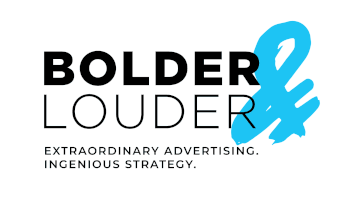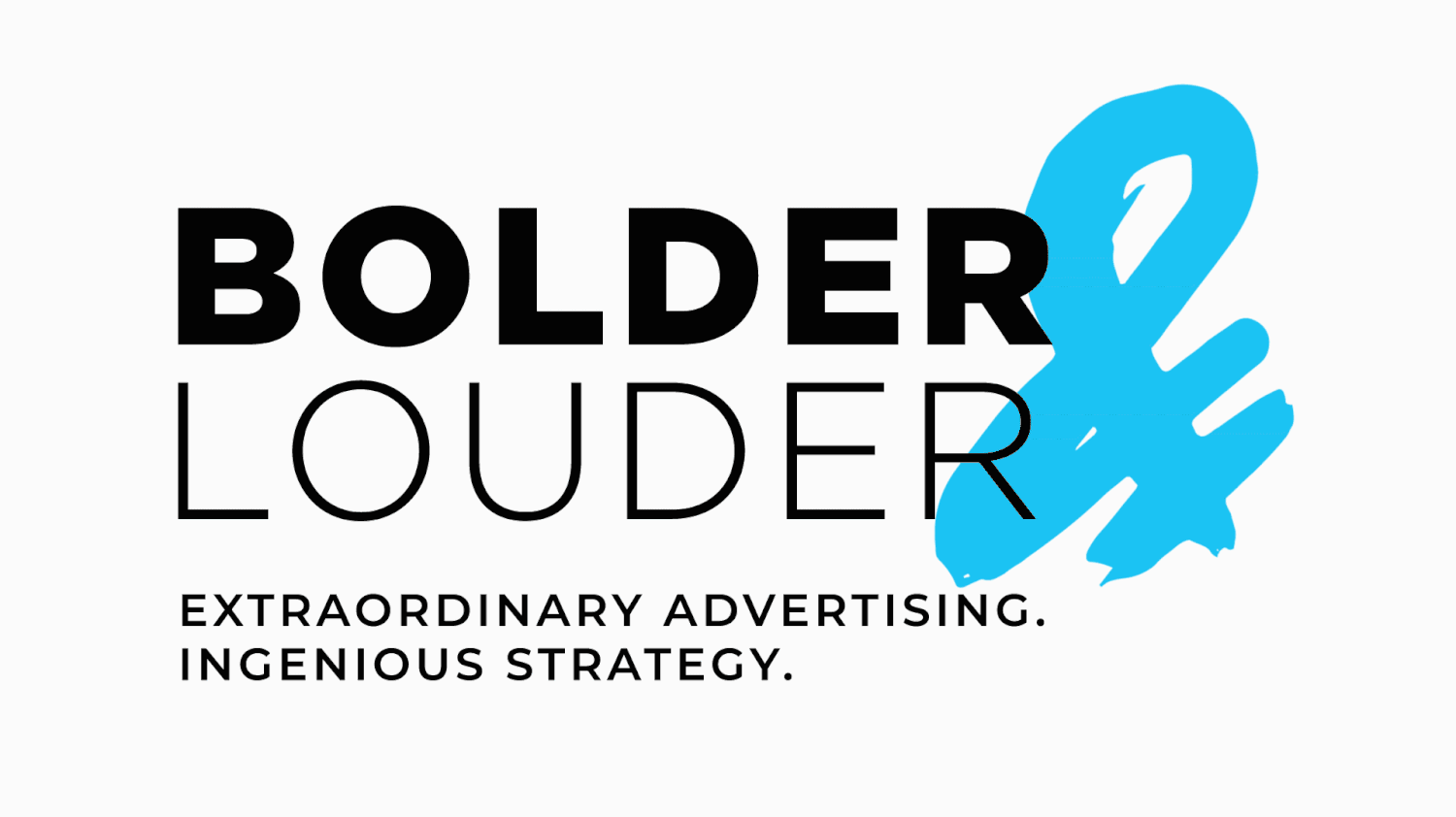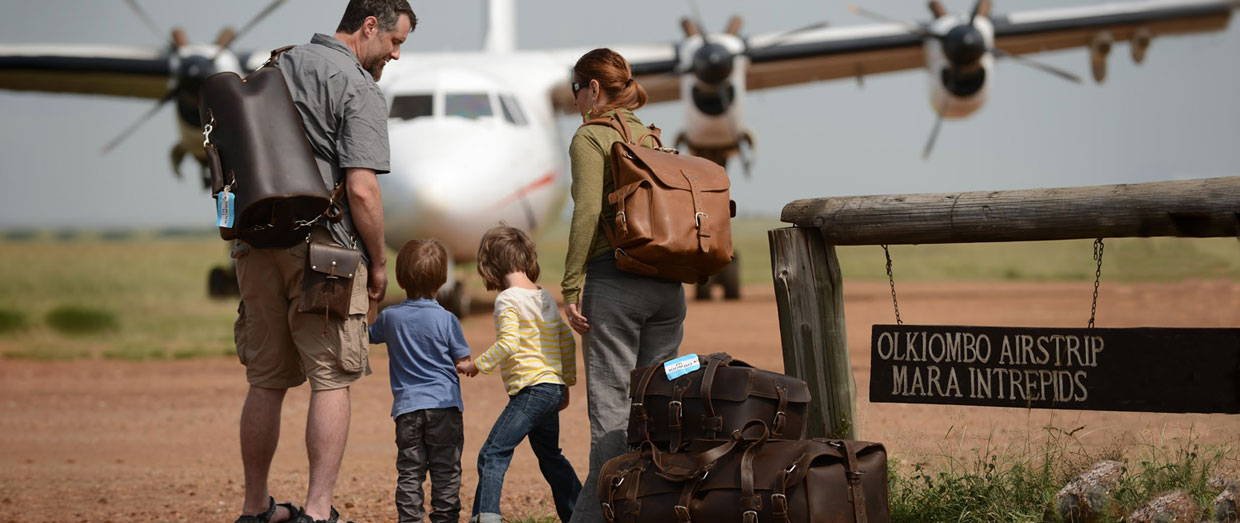How to Use Story to Charge Triple What Your Competitors Charge
“Make your marketing so useful people would pay you for it.”
Jay Baer
Take a look at these two all-leather, hand-stitched messenger bags. Side by side, which one would you say was the most expensive?
The one of the left, retails on Amazon for $69.00.
The one on the right is my messenger bag I use for a briefcase to carry my laptop and documents in when traveling to meet clients.
I bought it for $569.00 from a little known, family-run company based in Texas called SaddleBack Leather.
Ever heard of Saddleback Leather?
In a world of mass-produced leather goods and cheap Chinese imports, it’s difficult to think of another industry that is more flooded – and more price sensitive - than leather goods. An Amazon search for “leather messenger bag” brings up over fifty pages of search results - the cheapest product is less than $30.
Yet this little family-run company thrives. All production remains inhouse, 100% USA hand crafted.
How do they do it?
While there are at least fifty different pricing strategies that can be used to help a company charge considerably higher prices, Saddleback Leather uses two of my favorite:
1. They make their leather products irreplaceable by using Story (Step 2 of the Client Stampede Formula).
How’s this for an origin story:
The Saddleback Story: Dave, Suzette, two fabulous kids, 14 Rwandan sons and daughters, a cool dog, and crooked federale sent to kill him. Just some of the things that make up the Saddleback story, and here's how it happened...
Photo credit Saddleback Leather
2. Saddleback’s marketing is not only fun, it’s useful.
Watch them dropping a messenger bag from a high rise building to prove it’s durability, or being carted around Africa in an epic overland trip. They use their marketing to teach about the different kinds of leather and the ways other companies cheat to cut corners, sacrificing durability for cost.
Even something as simple as the positioning of a stitch can make the difference between your bag breaking mid-trip, or, (as their tagline cleverly suggests), outlasting you.
Saddleback’s marketing uses articles, videos and even a documentary that aired at the Sundance Film Festival to teach about leather tanning, leather cuts, leather sourcing – and so on – educating their buyer every step of the way on what they need to be looking out for.
And at the same time they’re building value to demonstrate why it’s worth paying a higher price.
The genius is not using just one of these marketing strategies, but in using both of them, in tandem.
Saddleback’s customers aren’t just purchasing quality, they’re buying a piece of grand adventure, the kind most of us will only dream about going on.
(As a side note I have been to many of the far-flung places used in Saddleback’s marketing which only makes me want to buy their products even more). I also feel good, helping another American business thrive in the process.
Key Takeaways
The bigger your business, the more you need to humanize it through the use of stories. This will make your messaging stand out and separate you from your competitors.
The smaller your business, the more you need to price-proof your business through the use of stories. Stories create rapport, are instantly sharable and help establish value.
Regardless of your business size, your marketing should also be useful by teaching your customers in a fun way, how to avoid the pitfalls and make a smart buying decision.
Saddleback Leather uses these two strategies to charge, 300-1000% more than their competitors, and you can too.




